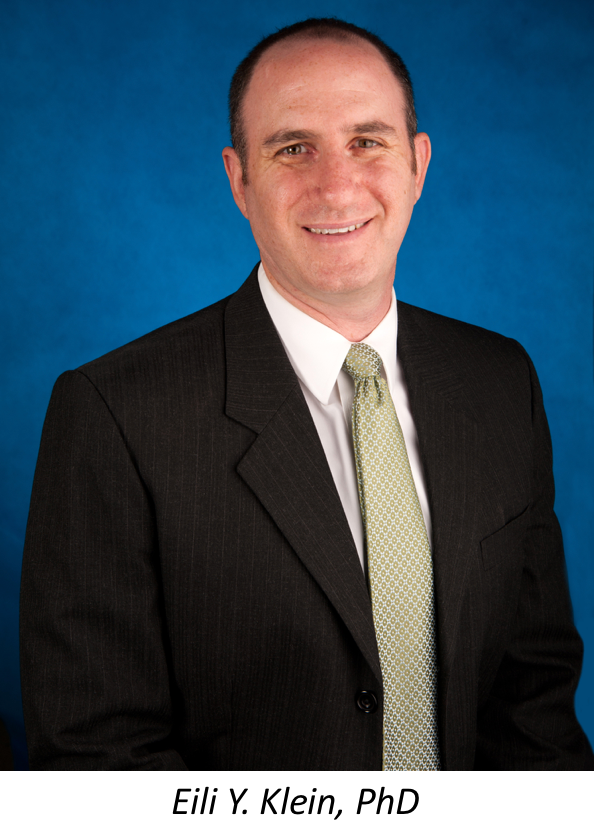IV Contrast Media Does Not Raise the Risk of AKI in Sepsis Patients
In sepsis patients undergoing CT imaging, contrast media administered intravenously does not significantly raise the risk of acute kidney infection.

The use of intravenous (IV) contrast media does not appear to increase the risk for acute kidney injury (AKI) in patients with sepsis undergoing computed tomography (CT) imaging, according to a single-center, retrospective cohort study from John Hopkins University school of Medicine investigators.
According to the study researchers, there’s a current lack in the literature of adequately controlled trials which assess the risk of AKI after contrast media use among sepsis patients.
“For a long time, there’s been an assumption that contrast media causes AKI, but this well-controlled retrospective study challenges this widely held notion,” study investigator Eili Y. Klein, PhD, Assistant Professor of Emergency Medicine at Johns Hopkins University School of Medicine, told Contagion®. “The findings from our study suggest that there’s a strong likelihood that contrast media doesn’t cause AKI...even among patients who are particularly vulnerable [to the condition].”
Investigators retrospectively evaluated visits to an urban academic emergency department between the years 2009 and 2014. Patients with sepsis, severe sepsis, or septic shock (N = 4140) were included. All diagnoses were primarily based on clinical documentation and/or the presence of ≥2 systemic inflammatory response syndrome (SIRS) criteria at hospital admission. Patients underwent either contrast-enhanced CT (n = 1464), unenhanced CT (n = 976), or non-CT (n = 1731) imaging.
The incidence of AKI at 48 to 72 hours following imaging comprised the primary outcome. To control for potential confounders during analysis, the investigators utilized multivariate logistic regression modeling. Additionally, to evaluate the independent correlation between administration of contrast media and AKI, the investigators calculated between-groups odds ratios (ORs) with and without propensity score matching. Finally, researchers also evaluated the association between contrast administration and AKI incidence across subgroup populations that were stratified by renal function at baseline.
In sepsis patients who underwent contrast-enhanced CT, unenhanced CT, and non-CT imaging, the rates of AKI were 7.2%, 9.4%, and 9.7%, respectively. According to the logistic regression analysis, there was no independent association between AKI incidence and IV administration of contrast media (OR=0.94; 95% CI 0.72-1.22).
The crude comparison of each group demonstrated an overall decreased AKI risk associated with contrast media administration (OR=0.73; 95% CI 0.58-0.93); however, the adjusted analysis with propensity score matching attenuated this finding (OR=0.99; 95% CI 0.97-1.02). No additional differences were observed between the groups or subgroups that were stratified by baseline renal function in regard to AKI risk.
According to Dr. Klein, the risk for AKI in sepsis patients receiving contrast media administered by IV may be partly driven by the use of sepsis medications with nephrotoxic potential. Sepsis itself raises the risk for drug-induced nephrotoxicity, which also increases the risk for AKI following contrast media use.
“Sepsis pathophysiology places patients at high risk for AKI, and nationally aggregated administrative data suggest AKI may occur at higher rates in septic patients who receive CM,” added the investigators. Diuretics, antibiotics, and antiviral drugs also increases the risk of AKI, and various patient comorbidities (such as congestive heart failure) substantially raises the risk for AKI in sepsis patients receiving contrast media.
This analysis represents 1 of the few studies that evaluated the independent association between AKI and contrast media across different imaging strategies. “Prior studies have looked at CT scans only to assess AKI caused by contrast media,” explained Dr. Klein. “In our study, we had a control group that elevates the analysis, providing greater insight into this independent association with AKI risk.”
“The findings from our study might have marginal effects on clinical care now,” he added, “but the more important thing is that the study really lays the groundwork for a future randomized controlled trial, which may help further validate our findings.”
